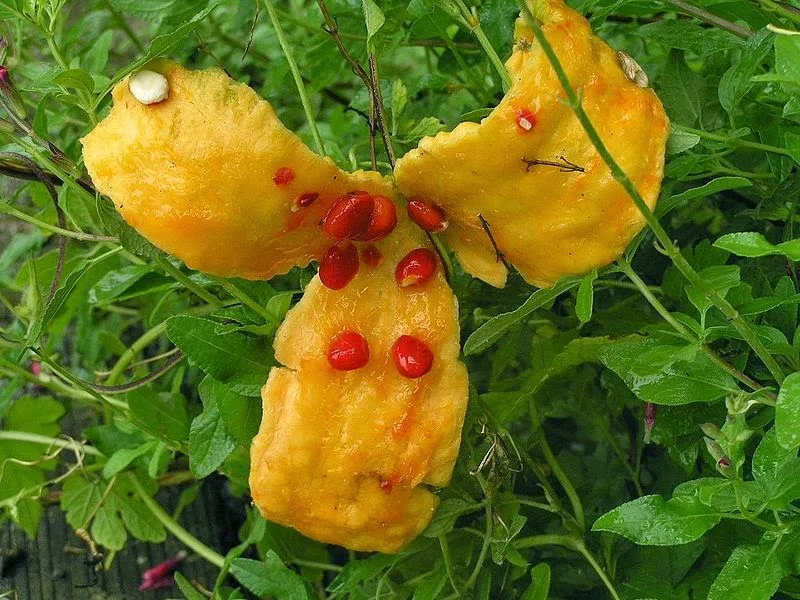By Liliana Usvat
Blog 346-365
Other Names
Traditional Medicinal Uses: as a broad-spectrum antimicrobial and antiseptic against bacterial, viral, and fungal infections; for Candida and yeast infections; to tone, balance, and strengthen heart function and as a heart regulator for arrhythmia and mild hypertension; to stop bleeding and heal wounds internally and externally
Suggested Use: Take 60 drops (2 ml) of a 1:4 tincture extract 2-3 times daily or as needed. Can also be used externally by applying to the skin twice daily and letting dry completely. As a gargle or mouth rinse, dilute 60 drops (2 ml) in a small amount of warm water and swish in mouth 2-3 times daily. To learn how to make your own extract, email me.
Traditional Preparation: The leaves are best prepared as an infusion, and the bark is best prepared as a decoction or an alcohol tincture. Generally, 1/2 cup of a bark decoction twice daily is used for colds, flu, sore throats and other upper respiratory infections; 2-3 ml of a 4:1 tincture taken two or three times daily can be substituted, if desired. This traditional remedy is also used as a heart tonic and for irregular heartbeat. A leaf decoction twice daily or as needed is generally used for menstrual disorders.
Contraindications: This plant has been documented with uterine stimulant and uterine antispasmodic actions in animal studies and should therefore not be used in pregnancy
This plant has a traditional use in South America for heart problems (hypertension and arrhythmia).
Main Actions
The leaves are also used for the natural dying of textiles in the Andean region. This practice dates back to pre-Columbian times.
Use for Reforestation
The tree reproduces through seed, suckers and cuttings. Seeds have a particularly hard coat and germination rates are greatly improved after seeds have passed through the gut of birds or other animals. Seeds germinate in spring, with seedlings slow growing until established
Blog 346-365
Other Names
- escobilla,
- false pepper
Traditional Medicinal Uses: as a broad-spectrum antimicrobial and antiseptic against bacterial, viral, and fungal infections; for Candida and yeast infections; to tone, balance, and strengthen heart function and as a heart regulator for arrhythmia and mild hypertension; to stop bleeding and heal wounds internally and externally
Suggested Use: Take 60 drops (2 ml) of a 1:4 tincture extract 2-3 times daily or as needed. Can also be used externally by applying to the skin twice daily and letting dry completely. As a gargle or mouth rinse, dilute 60 drops (2 ml) in a small amount of warm water and swish in mouth 2-3 times daily. To learn how to make your own extract, email me.
Traditional Preparation: The leaves are best prepared as an infusion, and the bark is best prepared as a decoction or an alcohol tincture. Generally, 1/2 cup of a bark decoction twice daily is used for colds, flu, sore throats and other upper respiratory infections; 2-3 ml of a 4:1 tincture taken two or three times daily can be substituted, if desired. This traditional remedy is also used as a heart tonic and for irregular heartbeat. A leaf decoction twice daily or as needed is generally used for menstrual disorders.
Contraindications: This plant has been documented with uterine stimulant and uterine antispasmodic actions in animal studies and should therefore not be used in pregnancy
| WORLDWIDE ETHNO-MEDICAL USES | |
| Argentina | for diarrhea, menstrual disorders, respiratory tract infections, inflammation, urinary tract infections, wounds |
| Brazil | for bronchitis, constipation, cough, cystitis, depression, diarrhea, eye diseases, fever, flu, gonorrhea, heart problems, hemorrhage, inflammation, menstrual disorders, respiratory tract infections, rheumatism, spasms, tumors, urethritis, urinary tract disorders, and as a astringent, stimulant, and tonic |
| Colombia | for diarrhea, lung diseases, rheumatism |
| Mexico | for asthma, bronchitis, cataract, colic, conjunctivitis, constipation, cough, digestive disorders, flu, foot fungus, gonorrhea, gum, mouth sores, rheumatism, sores (skin), stomachache, toothache, tuberculosis, tumors, ulcers, urogenital diseases, venereal disease, warts, wounds, and as an astringent |
| Paraguay | for gonorrhea, menstrual disorders, sores, urethritis, urinary insufficiency, wounds |
| Peru | for constipation, fevers, fractures, rheumatism, toothache, tumors, urinary insufficiency, warts, wounds, and as an antiseptic |
| South Africa | for arrhythmia, colds, cough, depression, gout, hypertension, inflammation, pain, rheumatism |
| Turkey | for constipation, coughs, excessive mucous, gonorrhea, urinary insufficiency, and as a digestive stimulant, and tonic |
| Uruguay | for menstrual disorders, rheumatism, wounds, and as an antiseptic |
| Elsewhere | for bronchitis, constipation, coughs, excessive mucous, edema, eye diseases, gingivitis, gout, hypertension, menstrual disorders, rheumatism, sores, swelling, urinary insufficiency, urogenital inflammation, venereal disease, viruses, and to stimulate digestion |
This plant has a traditional use in South America for heart problems (hypertension and arrhythmia).
Main Actions
- antibacterial,
- anticandidal,
- antifungal,
- antihemorrhagic (reduces bleeding),
- cardiotonic (tones, balances, strengthens the heart)
The leaves are also used for the natural dying of textiles in the Andean region. This practice dates back to pre-Columbian times.
Use for Reforestation
The tree reproduces through seed, suckers and cuttings. Seeds have a particularly hard coat and germination rates are greatly improved after seeds have passed through the gut of birds or other animals. Seeds germinate in spring, with seedlings slow growing until established
















